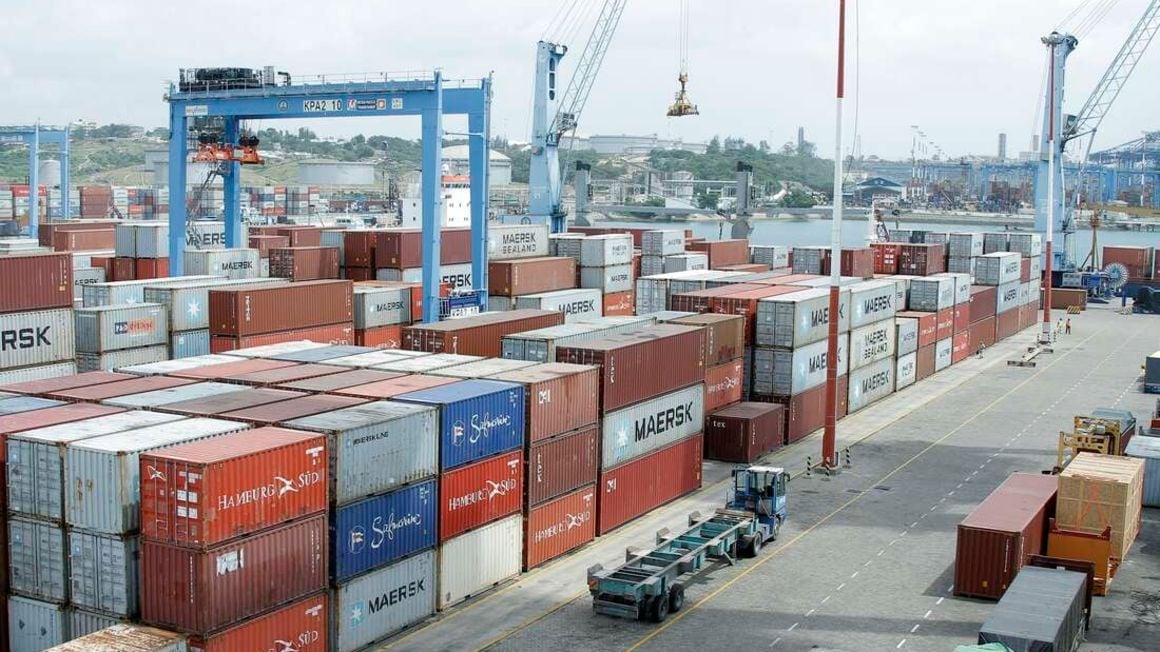
Tanzania and Uganda’s fresh crop volume via Mombasa is increasing
Compared to the previous year, 6% more fresh produce from Tanzania and Uganda was shipped in reefers via the port of Mombasa, Kenya.
With the installation of 1,367 reefer plugging stations in its port facilities since last year, the Mombasa port recorded 6,813 20-foot equivalent units (Teus). Refrigerated containers are called reefers.
More traders are choosing the sea over the air when it comes to delivering fresh food, a result of TradeMark Africa’s $380 million Business Environment and Export Enhancement Programme, which aims to drastically reduce the carbon footprint of value chains that provide fresh goods.
Customers have been at the forefront of this movement, particularly in Europe. Permit approvals are currently handled at the point of loading for perishable commodities through the Mombasa port, and permits are issued through the National Electronic Single Window System, which is run by KenTrade.
Capt. William Ruto, Managing Director of Kenya Ports Authority (KPA), reported that 1,367 reefer plugging points had been erected by the organization. These locations include 795 at the Mombasa port, 336 at the Nairobi Inland Container Depot (ICD), 216 at the Lamu port, and 20 at the Naivasha ICD.
Kenya began shipping its horticultural produce by sea in an effort to lower its carbon footprint and increase revenue. This comes after Mombasa port met the necessary standards last year, and Kenya agreed to ship fresh products by sea in a deal with the European Union, one of its main export markets, according to Captain Ruto.
“The objective is to improve Kenyan avocado, mango, and vegetable exports’ competitiveness and market share to Europe and other international markets by addressing the production, storage, logistics, and value addition challenges that the industry faces,” he continued.
He stated that priority lanes are open and operating at the port of Mombasa to speed delivery of reefer exports, including access to port scanners, in keeping with KPA’s commitment to enhance customer experience and provide trade facilitation initiatives.
Fresh produce from Tanzania, Uganda, and other regions of the nation has begun arriving, and the increased demand has forced us to add more plugging points. Shippers of containerized perishable food are given precedence to land at all of our entry gates when handling this fresh produce, according to the port director.
When used as temperature-controlled containers with a refrigerated unit that needs to be plugged into an electrical source at a terminal, depot, or on board a vessel, reefers are the best option.
Following Mombasa port’s establishment of power points to maintain refrigerated facilities along the supply chain from Naivasha to Mombasa, fresh produce exporters announced that shipping costs will now be reduced.
The cost of shipping fresh product by water is less than that of air, which has historically been costly for traders. This is because using the sea as a mode of transportation allows traders to take advantage of economies of scale.
KPA has increased the number of reefer points and given fresh produce priority at scanning points at various port facilities to facilitate the use of the sea for the transportation of fresh produce and guarantee a speedy truck turnaround time.
According to Hasit Shah, CEO of Vertical Agro (EPZ) Ltd., a fresh produce exporter, using the sea has helped them because it allows them to ship these goods in larger quantities for less money.
It’s worked out to be a game changer since port facilities now have plugging stations and special chilled containers. The price has decreased dramatically, Mr. Shah stated.
The market for cold chain logistics is predicted to increase at a compound annual growth rate of 13.5%, from an estimated $182.5 billion in 2022 to $343.75 billion by 2027.
The shipping lines have made investments in the cold chain supply, which is drawing in more traders in the area, according to Karen Rono, head of integrated sales for Maersk Eastern Africa’s cold chain division.
“East African port users have utilized Mombasa port, which has installed over 1,300 plugging points to meet demand, since the introduction of refrigerated containers,” Ms. Rono stated.
All Categories
Recent Posts
Tags
+13162306000
zoneyetu@yahoo.com



